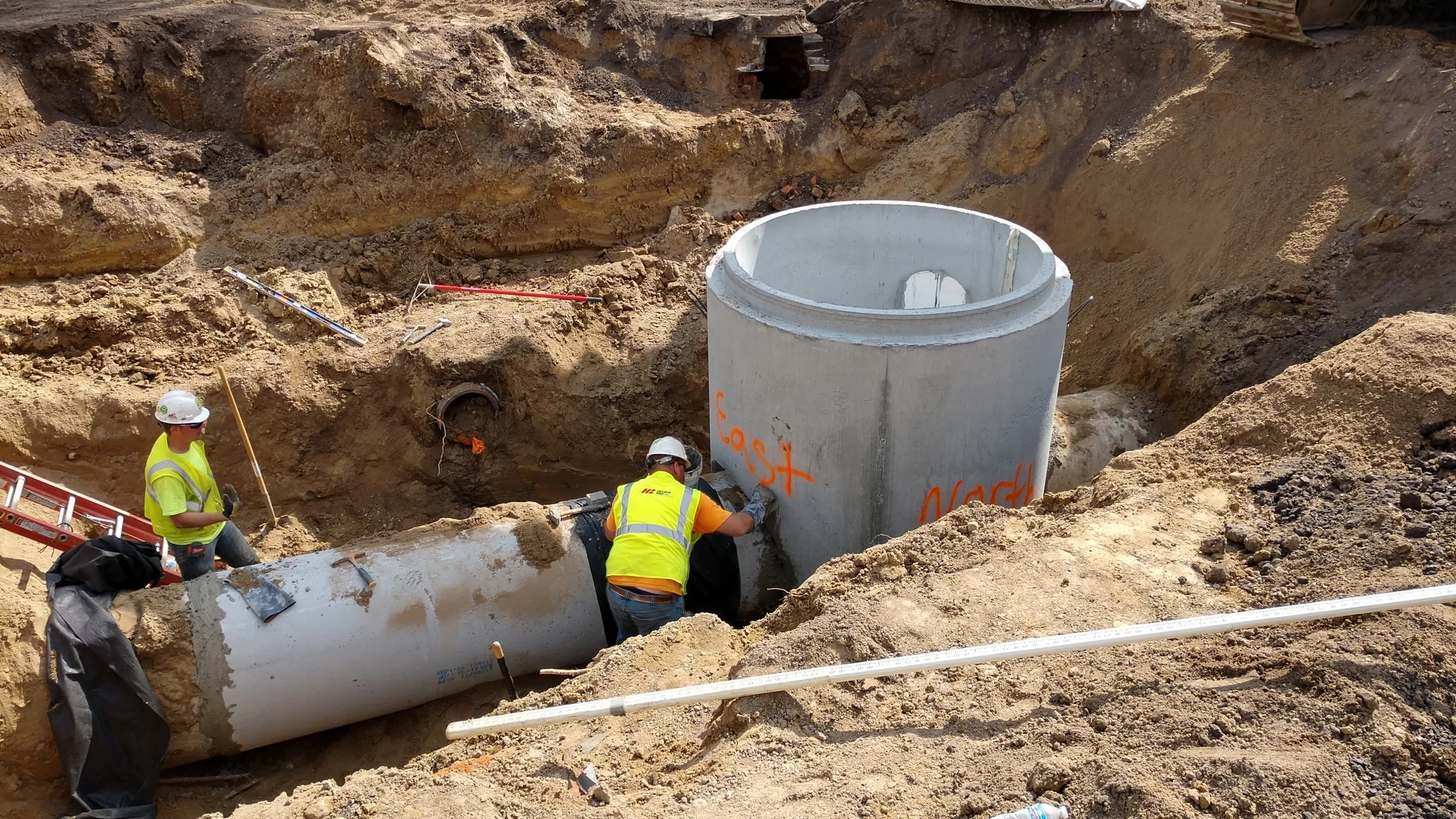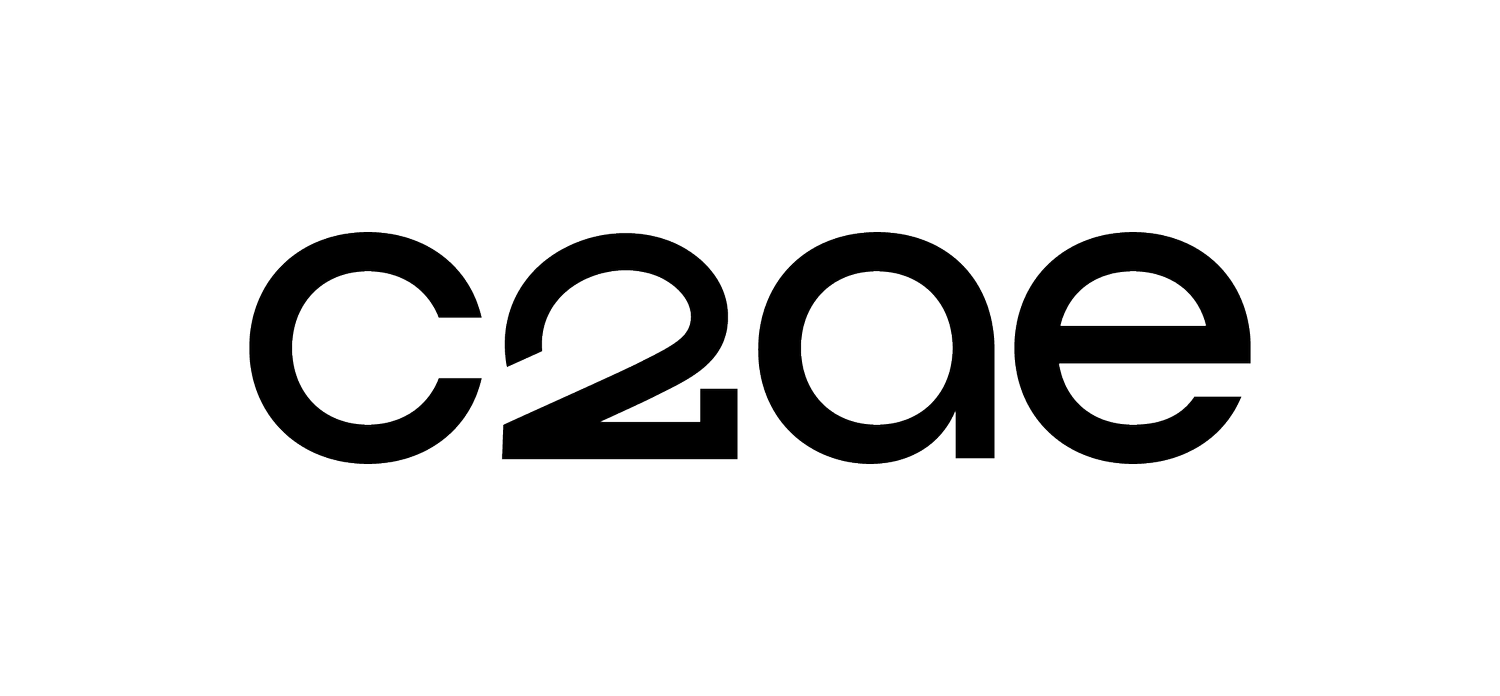City of Lansing
Sewer Separation
Lansing, Michigan
Prior to the Clean Water Act of 1972, it was common practice for storm water, sewage, and industrial waste to be collected into a singular pipe system called a combined sewer system. When excessive rainwater fell, small amounts of untreated waste, like sewage, would be released into outlets or streams in order to reduce stress on wastewater treatment plants. This procedure was known as combined sewer overflow (CSO).
In response, programs like the Sewer Separation program (now Lansing Wet Weather) began to appear—ongoing programs that consist of ongoing infrastructure reconstruction and reconfiguration projects designed to send all sanitary sewer flow into wastewater treatment plants and direct all storm water into outlets and streams. This program keeps waste away from Lansing’s residents and out of Lansing’s rivers.
C2AE has been working with the City of Lansing for three decades, upgrading the storm and sanitary sewer infrastructure. To date, C2AE has contributed to 19 sewer separation projects in the City of Lansing as part of the 30-year transition, totaling just under 300,000 LF of sewer, 69,000 LF of water main, and 190,000 LF of street construction.








